Optimal Timing for CO Detector Installation
Proper timing for installing carbon monoxide detectors is essential to ensure safety and compliance. The optimal time to perform installations is before the heating season begins, typically in late fall or early winter, when heating appliances are used most frequently. Additionally, installing detectors during home renovations or when new appliances are added can enhance safety. Regular inspections and replacements are recommended every 5 to 7 years to maintain functionality.
Installing detectors before colder months ensures early detection when heating systems are in use.
Adding detectors during renovations can improve safety without additional disruption later.
Installing detectors when new fuel-burning appliances are installed helps monitor potential, CO buildup.
Regular checks and replacements every few years keep detectors functioning properly.
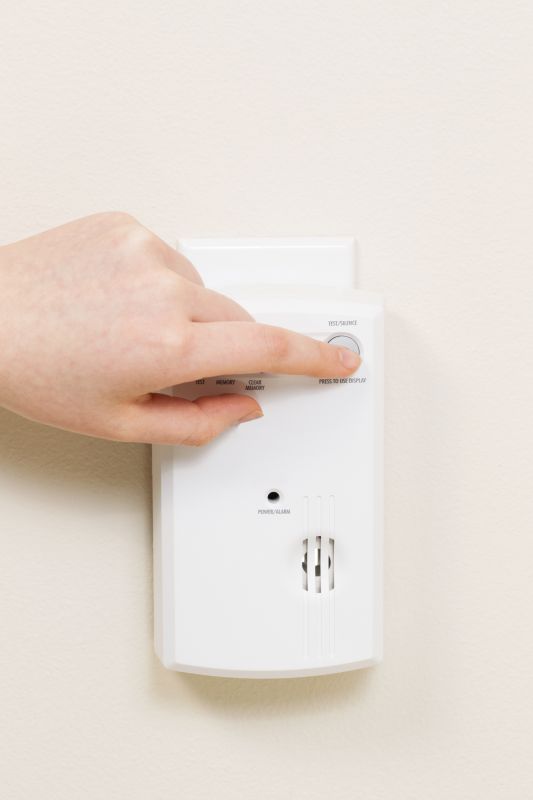
Proper placement near sleeping areas and on each level is critical.

Detectors should be installed at least 15 feet from fuel-burning appliances.
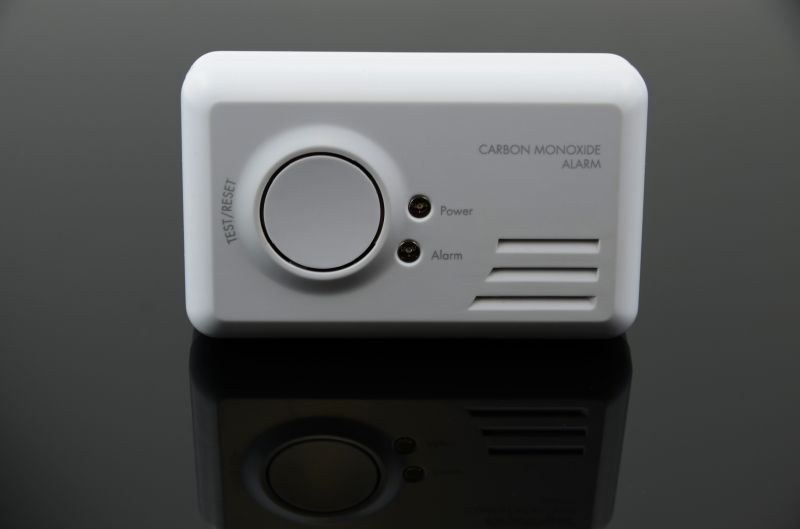
Testing detectors regularly ensures they are operational when needed.
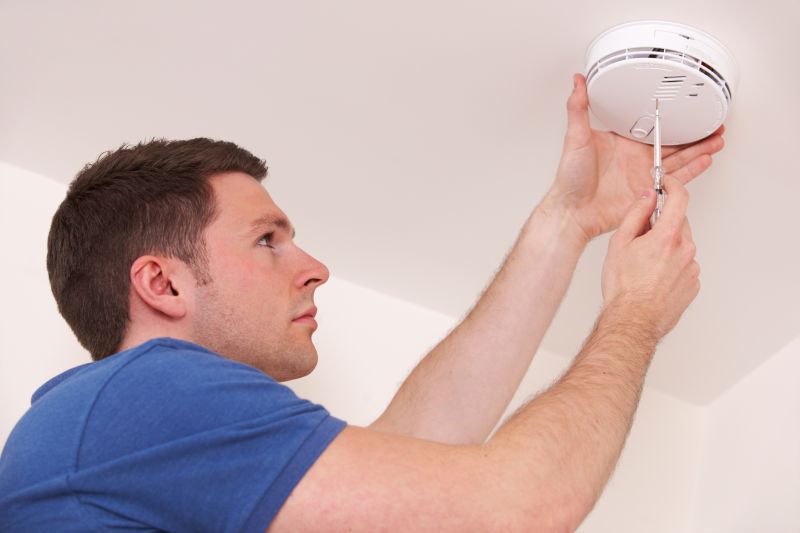
Ways to make Carbon Monoxide Detector Installations work in tight or awkward layouts.
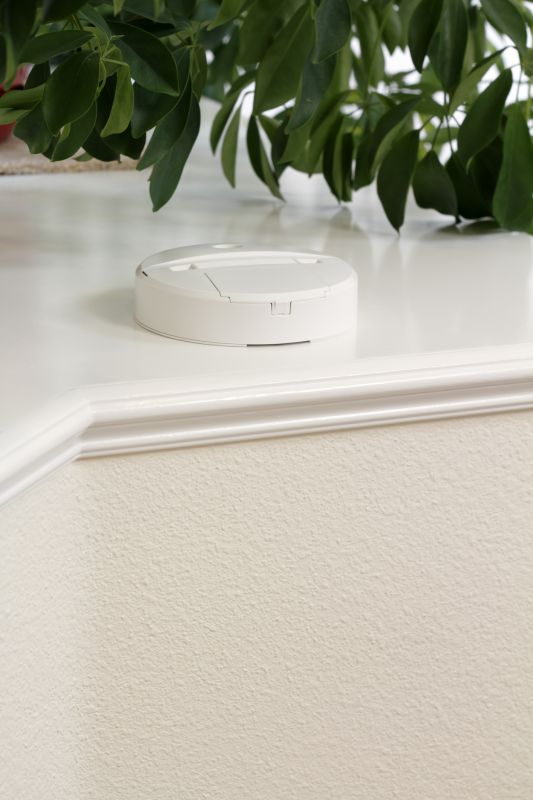
Popular materials for Carbon Monoxide Detector Installations and why they hold up over time.
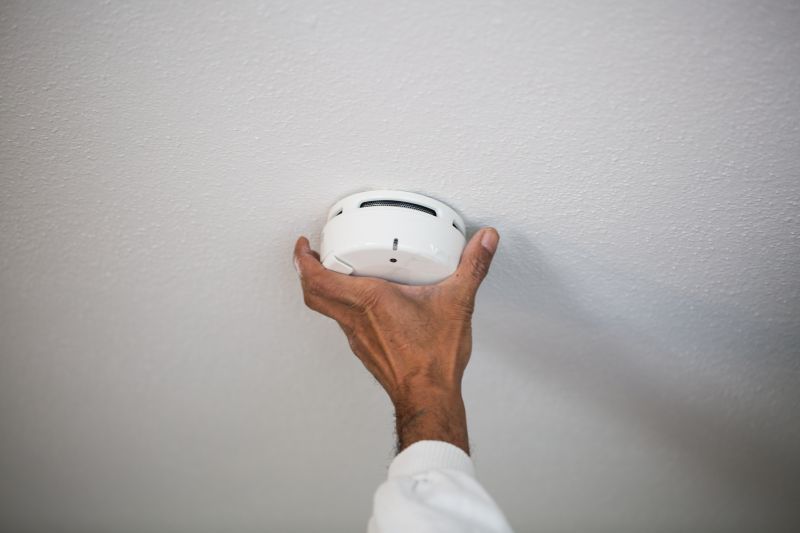
Simple add-ons that improve Carbon Monoxide Detector Installations without blowing the budget.
Carbon monoxide detectors are vital safety devices designed to alert occupants to dangerous levels of carbon monoxide gas, which is odorless and invisible. According to safety statistics, carbon monoxide poisoning results in hundreds of fatalities annually and thousands of emergency room visits. Proper installation and maintenance of detectors can significantly reduce the risk of poisoning. Detectors should be placed on every level of a residence, especially near bedrooms and fuel-burning appliances, to ensure comprehensive coverage.

Placement near sleeping areas maximizes safety during sleep.
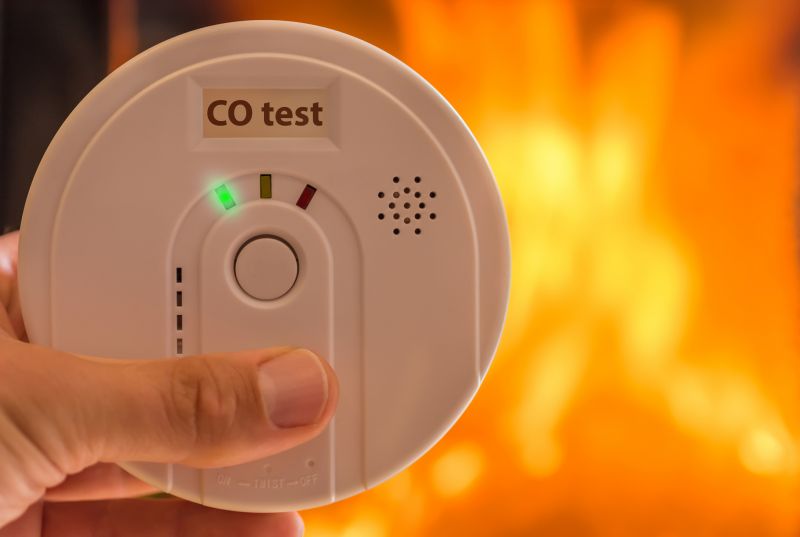
Detectors installed in kitchens monitor potential gas leaks from appliances.
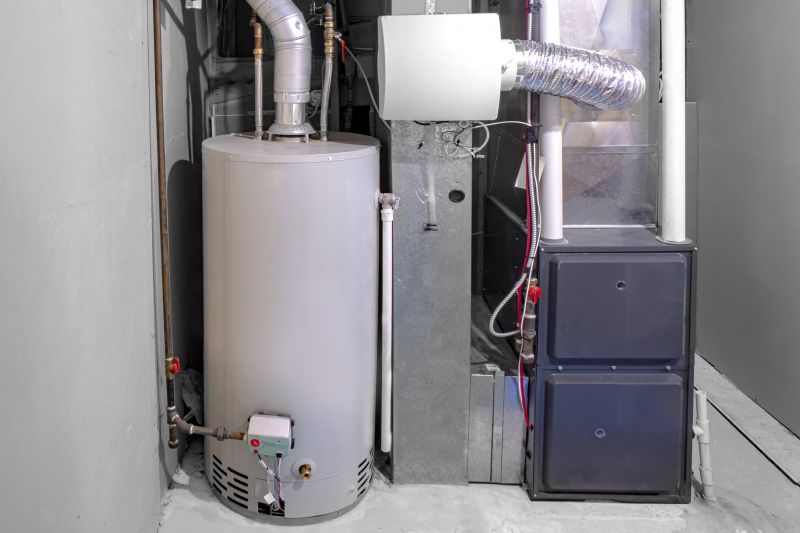
Basements with fuel appliances benefit from nearby detectors.
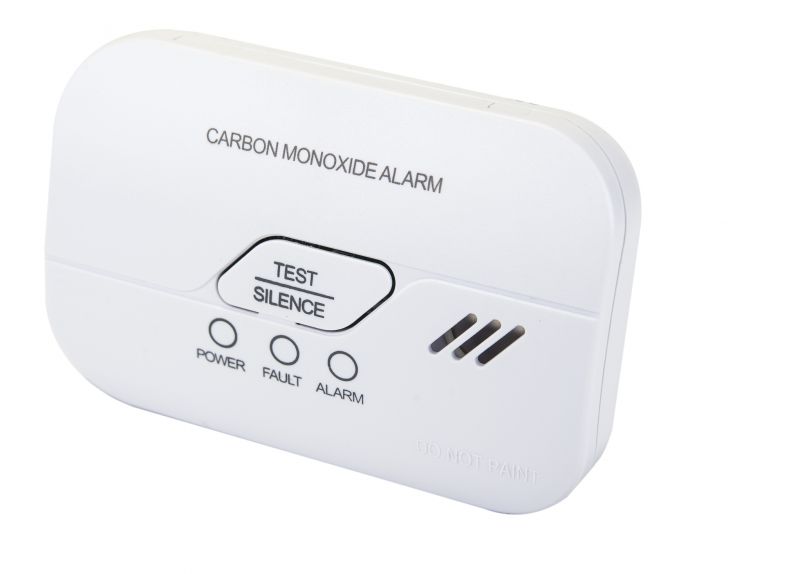
Using several detectors ensures comprehensive safety coverage.
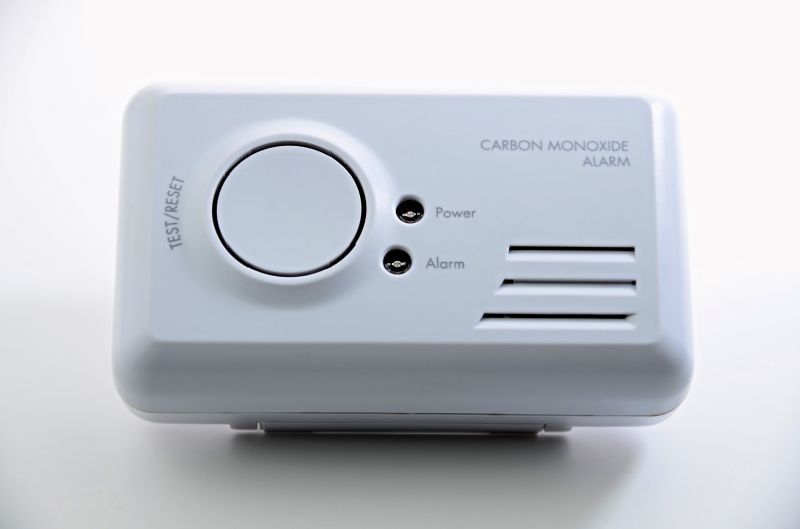
High-end options that actually feel worth it for Carbon Monoxide Detector Installations.

Finishes and colors that play nicely with Carbon Monoxide Detector Installations.
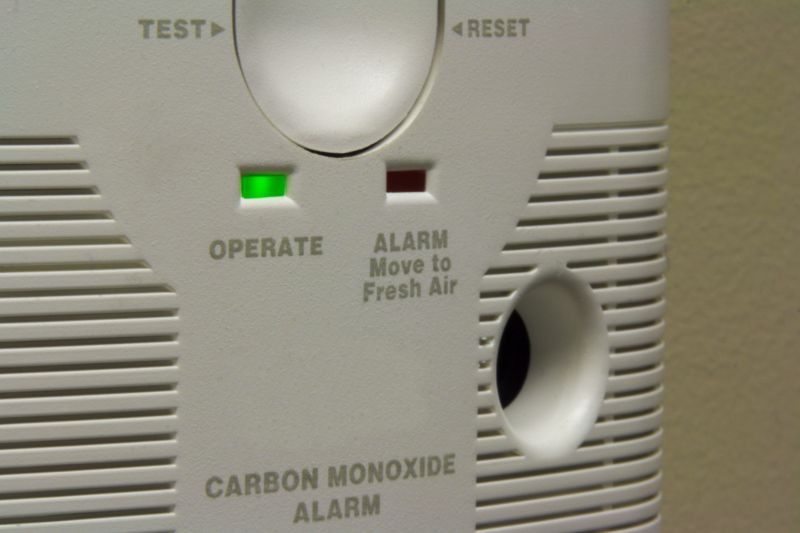
Little measurements that prevent headaches on Carbon Monoxide Detector Installations day.
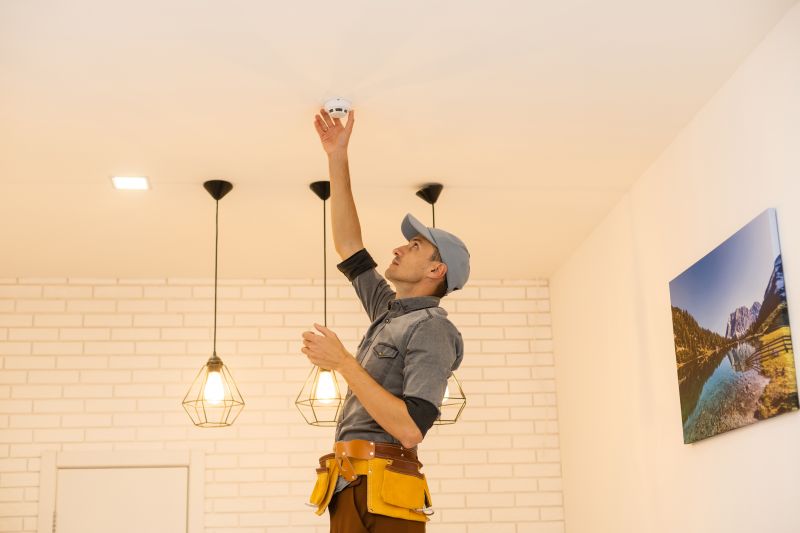
A 60-second routine that keeps Carbon Monoxide Detector Installations looking new.
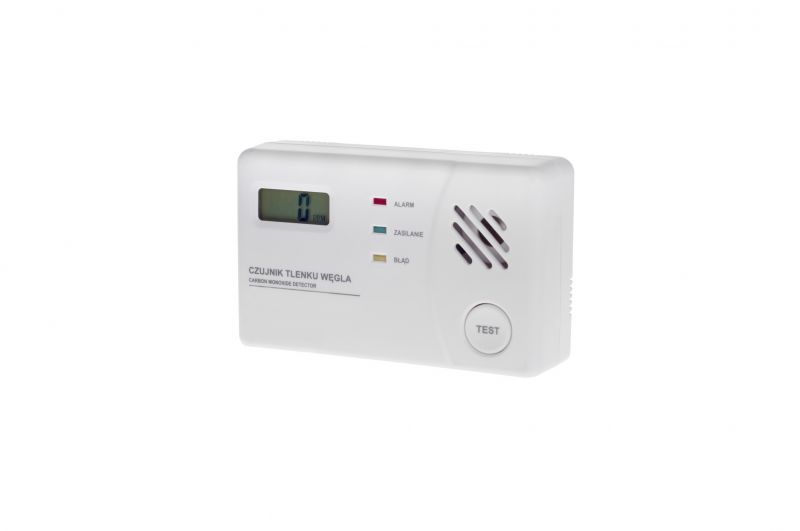
A frequent mistake in Carbon Monoxide Detector Installations and how to dodge it.
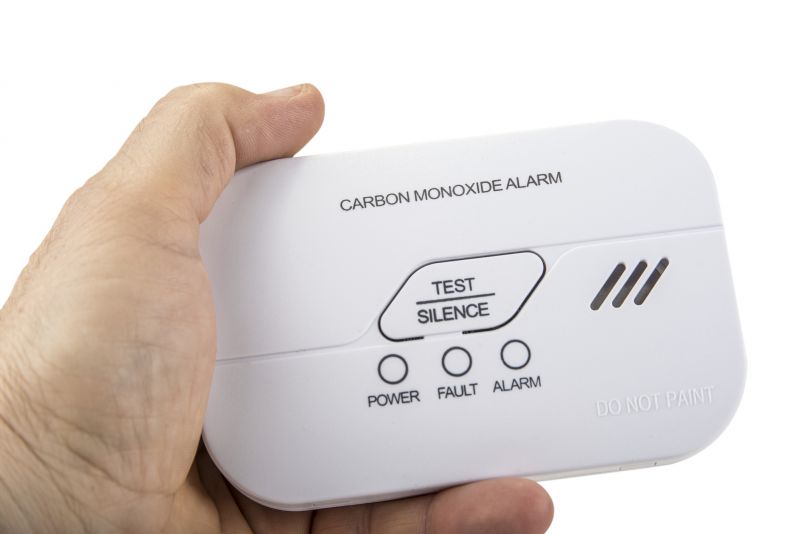
Small tweaks to make Carbon Monoxide Detector Installations safer and easier to use.
| Installation Timing | Key Considerations |
|---|---|
| Pre-Winter | Ensure detectors are installed before heating season begins. |
| During Renovations | Add detectors when upgrading or remodeling. |
| New Appliance Setup | Install when new fuel-burning appliances are added. |
| Routine Checks | Test and replace detectors every 5-7 years. |
| After Moving | Install new detectors when moving into a new residence. |
| Home Inspections | Include detector checks during regular home inspections. |
| Seasonal Maintenance | Schedule detector maintenance at the start of each season. |
| Post-Alarm Replacement | Replace detectors immediately after an alarm event. |
Installing carbon monoxide detectors at appropriate times enhances safety and ensures early detection of dangerous gas levels. Regular maintenance and timely replacements are crucial for reliable operation. Proper placement, combined with routine testing, helps maximize the effectiveness of these devices. Since carbon monoxide poisoning can be fatal or cause serious health issues, proactive installation and upkeep are essential components of home safety planning.
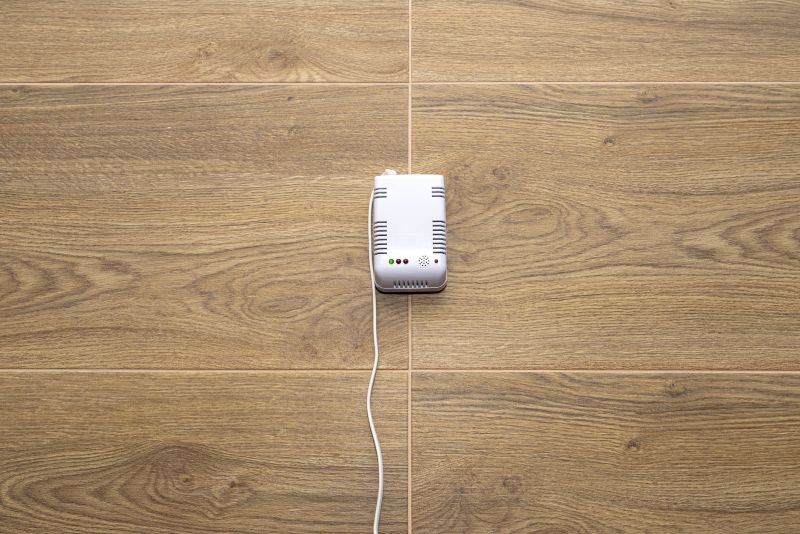
Test detectors monthly for proper operation.
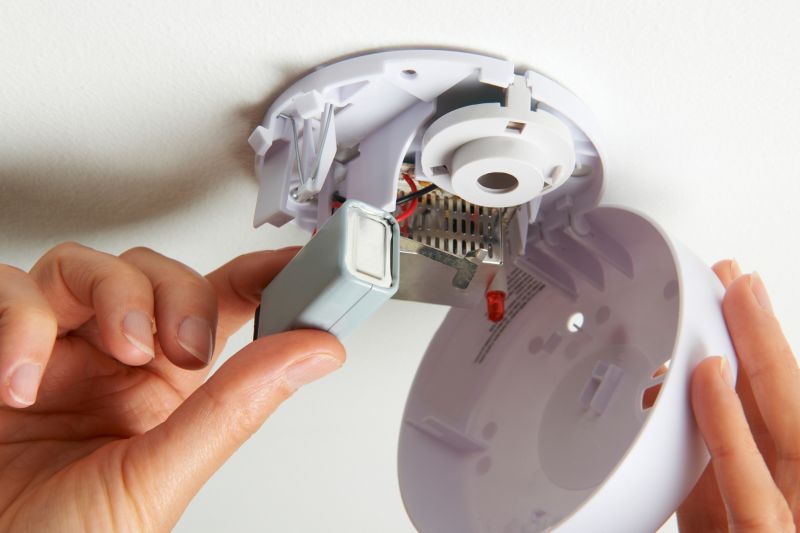
Replace batteries annually or as needed.
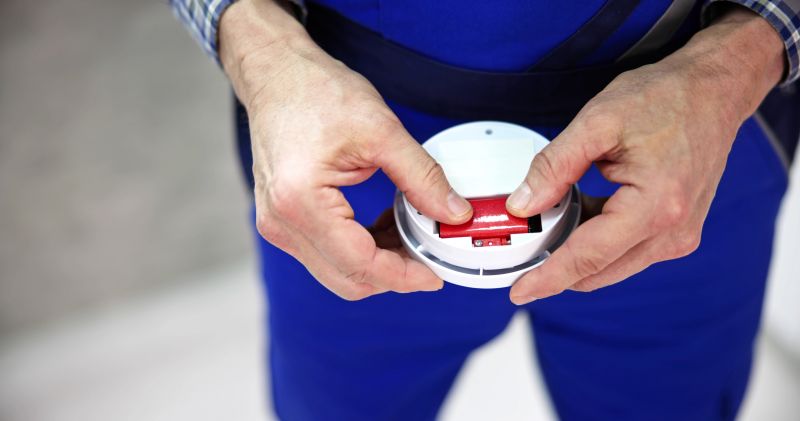
Replace detectors every 5-7 years for reliability.
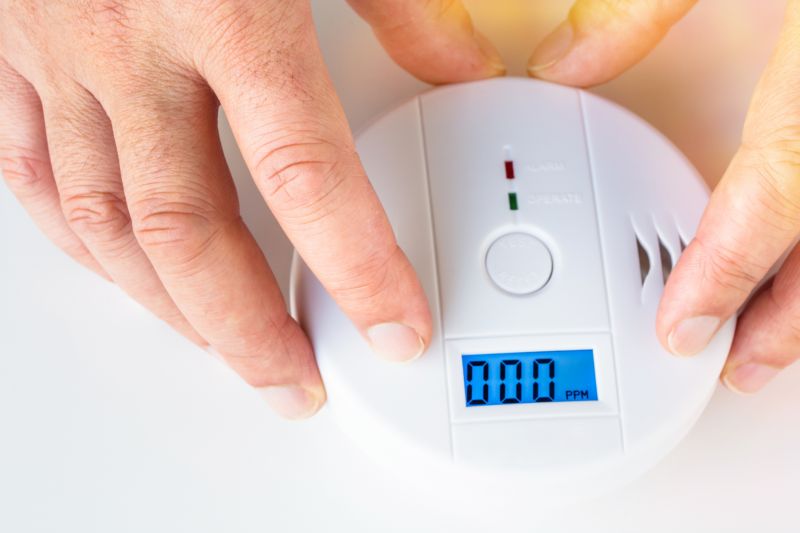
Install detectors at least 15 feet from fuel appliances.
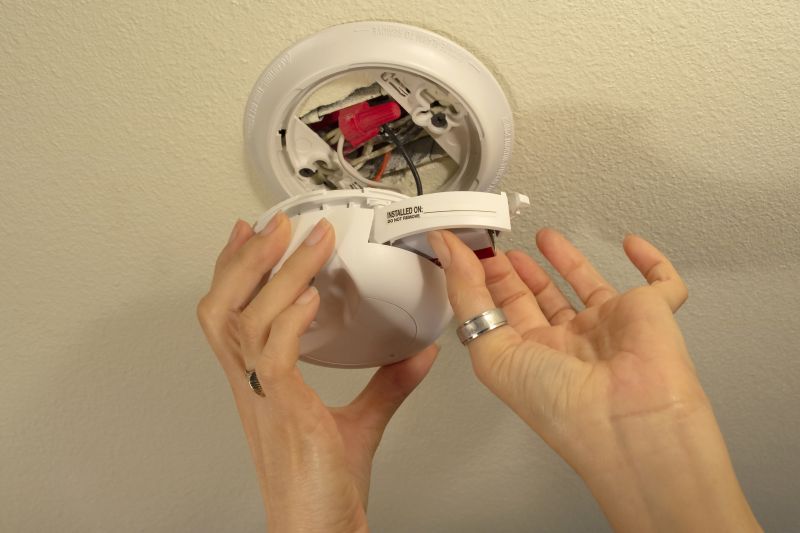
Lower-waste or water-saving choices for Carbon Monoxide Detector Installations.
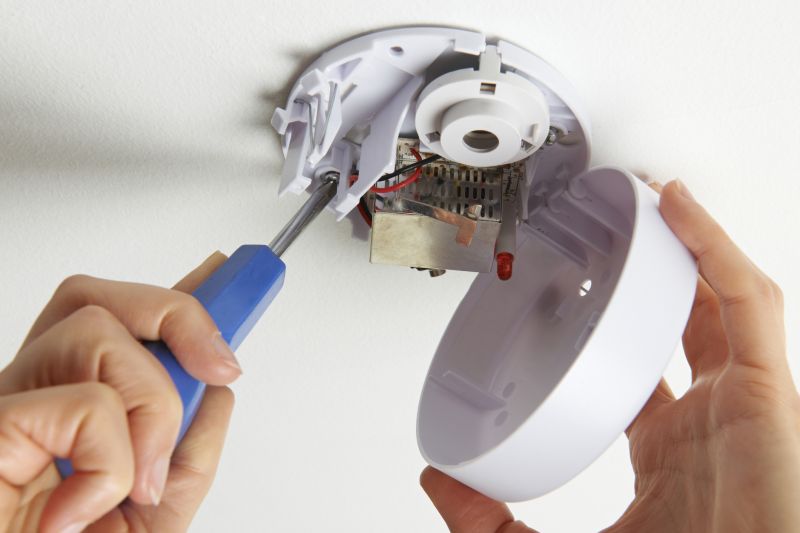
The short, realistic tool list for quality Carbon Monoxide Detector Installations.

Rough timing from prep to clean-up for Carbon Monoxide Detector Installations.
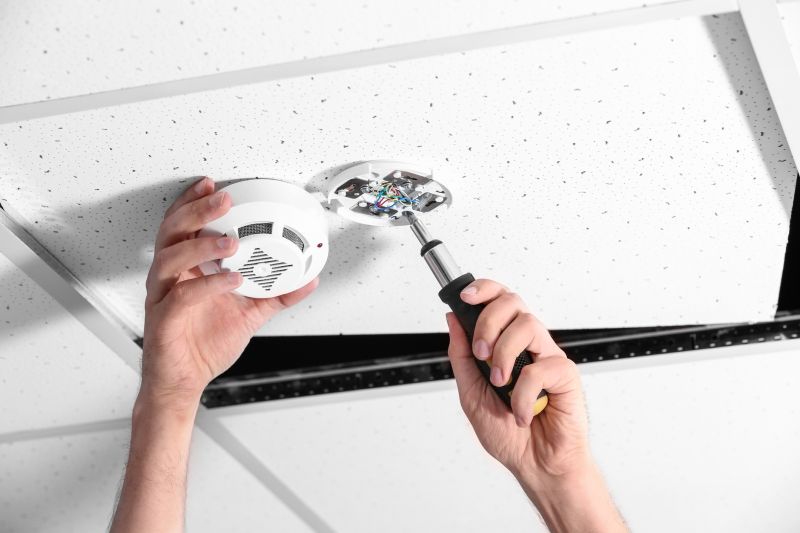
Quick checks and paperwork to keep after Carbon Monoxide Detector Installations.
Interested in installing carbon monoxide detectors? Filling out the contact form can provide additional information and assistance. Proper timing and maintenance of detectors are key to ensuring safety and compliance, helping to protect households from the dangers of carbon monoxide exposure.
